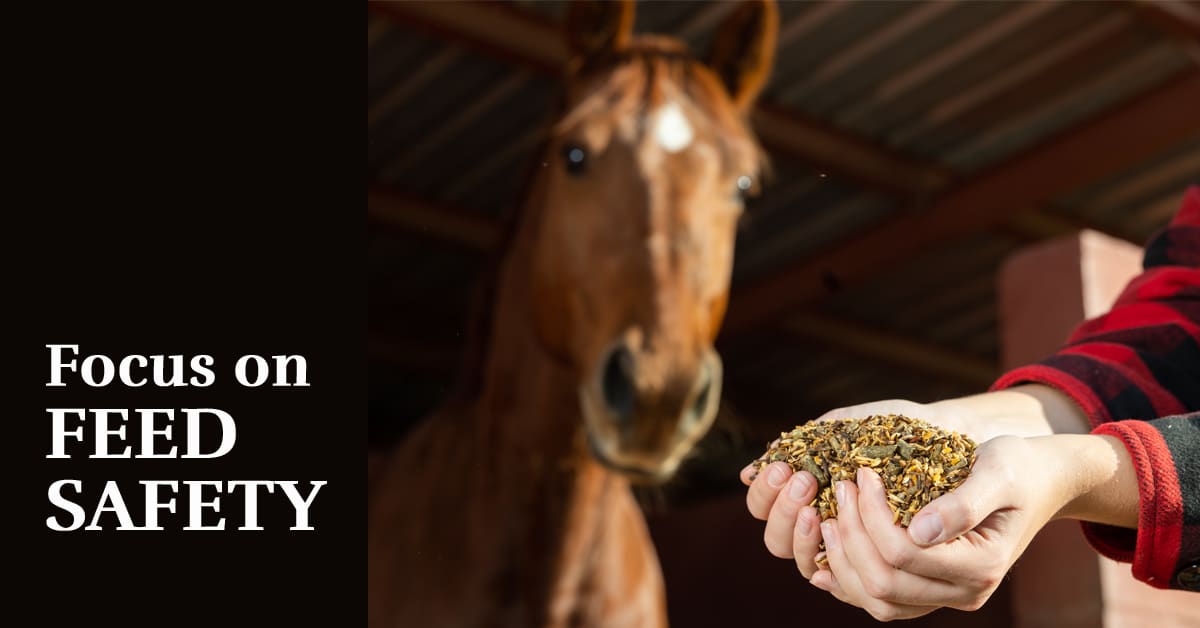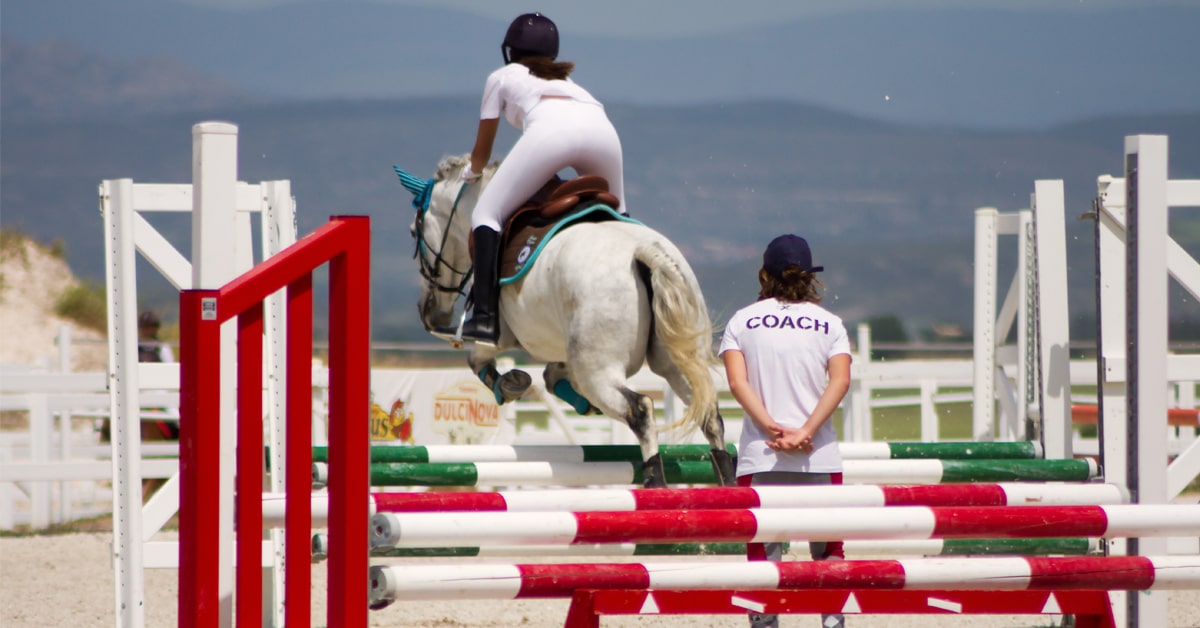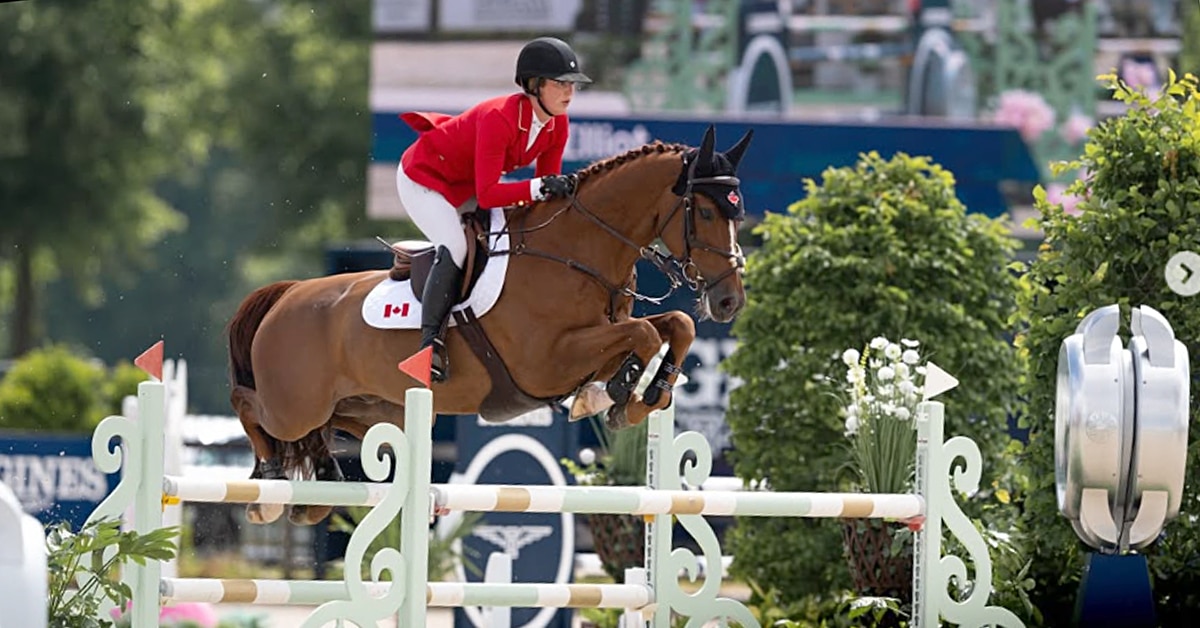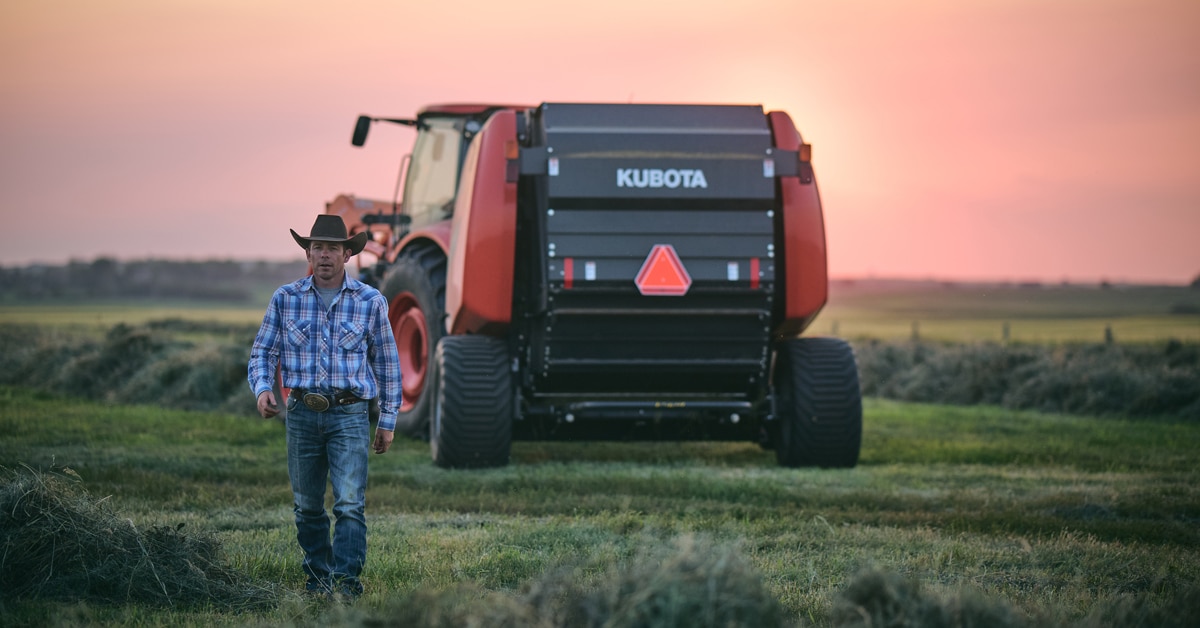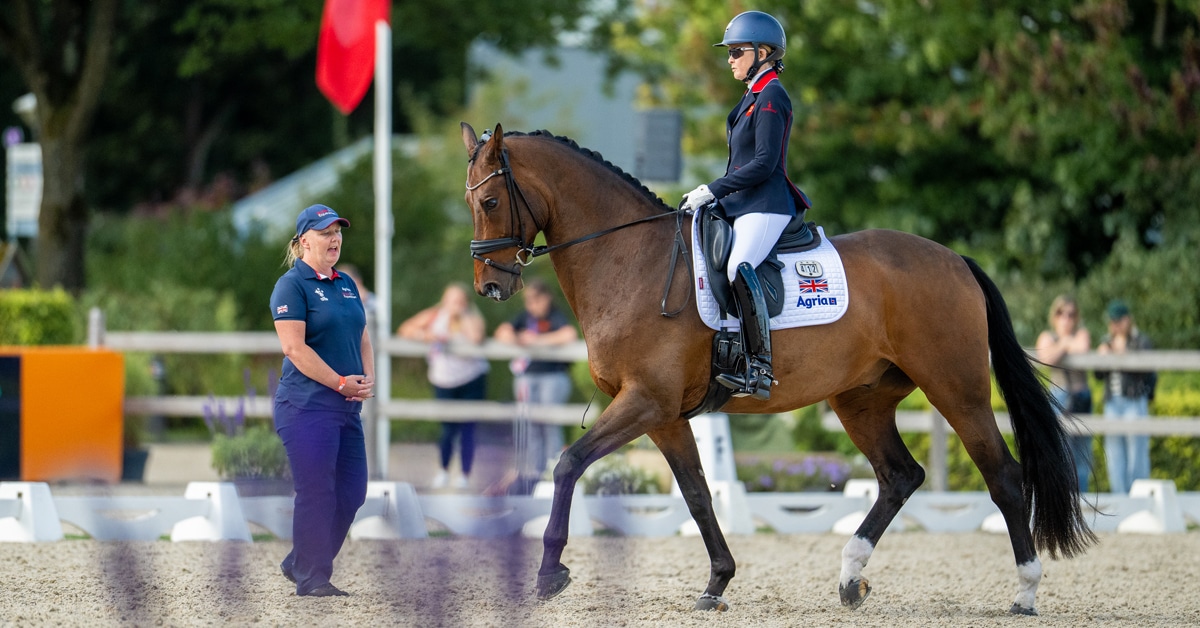The rider’s hand can be one of her most useful natural aids. Riders who have developed a steady base of support and are progressing toward independence in their aids are ready to begin to use their hands in a much more nuanced and refined way than the beginner. This includes understanding the functional differences among the five principal rein aids: the direct rein, the indirect rein, the supporting (bearing) rein, the leading (opening) rein, and the pulley (emergency) rein.

The direct rein is the most basic rein aid and is used for steering and control.
The direct rein is the most basic rein aid, and it is used for steering and control. A direct rein is any pressure or tension on the rein that is coming straight back from the bit to the rider’s hand to her elbow (above).

The indirect rein is pressure from one rein to the opposite front or hind leg.
An indirect rein is when the rider takes the rein pressure from one side of the horse to the other, such as when the rider’s right hand brings the rein pressure across toward her left hip (or vice versa). The indirect rein can be used by experienced riders to shift the weight and balance of the horse onto the opposite side of his body in lateral work (above). When the pressure is brought across in front of the withers, the horse’s weight will shift to his opposite front leg; when the pressure is brought behind the withers, the horse’s weight shifts to his opposite hind leg.
However, it is easy for a rider to accidentally misuse the indirect rein, and cause the horse’s weight to shift unintentionally. I hardly ever teach riders to use the indirect rein and see it most often used incorrectly. Wrist Magic Bands (p. 59) are a useful tool to alert a rider if she is unintentionally crossing her hand to the opposite side of the horse.

The supporting (bearing) rein plays a critical role in helping to control the outside of the horse’s body.
By contrast, the supporting (bearing) rein is one of my favorite rein aids, and it plays a critical role in helping to control the outside of the horse’s body when turning or circling. English riders, who use their rein aids independently, often use the supporting rein in combination with another rein aid. For example, the rider uses an inside direct rein to indicate direction, and uses an outside supporting rein to prevent the horse’s shoulder from swinging by placing her rein against the horse’s neck without letting her hand cross over (above).
Western riders, who hold both reins in one hand and use them together, would call this a neck rein.

The opening (leading) rein essentially leads the horse’s nose in the direction the rider wants him to go.
The leading (opening) rein is most useful for young or green horses who do not yet understand a direct rein. The rider “opens” her hand by bringing it anywhere from 6 to 12 inches away from the horse’s neck, essentially “leading” his nose in the direction she wants him to go (above).
The leading rein can also be a useful tool when schooling at home, even with an experienced horse, if he has gotten “stuck” and won’t go forward. For example, perhaps the horse is reluctant to go through a puddle in the ring. Instead of just kicking the horse, the rider can use her leg and a leading rein together to help the horse get moving without accidentally pulling back or otherwise restricting him.
When using the leading rein, the rider must be careful to keep her thumbs up and angled slightly toward each other; do not allow the wrist to flip or rotate. The leading rein is not an ideal technique for the equitation ring, where aids are meant to be invisible, unless the rider is encountering significant resistance in the horse and there are no other alternatives.

Jinae demonstrates the pulley (emergency) rein by planting her left hand on the horse’s neck and pulling up and back with the right rein. The pulley rein can aid the rider in slowing down or stopping a horse.
The pulley (emergency) rein is an important tool for a rider to learn somewhat early in her career, though it is not appropriate for a total beginner. I want riders to be fairly comfortable with this technique before they begin jumping or riding extensively out in the open, as it can be an effective method of slowing or even stopping a horse who has become overly exuberant.
A pulley rein can also function as an extra half-halt if a horse becomes too heavy on the forehand on course, and there is no time to ride a transition. To use the pulley rein in this situation, the rider will plant her outside hand on the horse’s neck, anchor her seat in the saddle, and use a quick up-and-back pressure on the inside rein.

*****
To order your copy of The Athletic Equestrian, Over 40 Exercises for Good Hands, Power Legs, and Superior Seat Awareness by Sally Batton with Christina Keim, visit Trafalgar Square Books here.
The Latest


